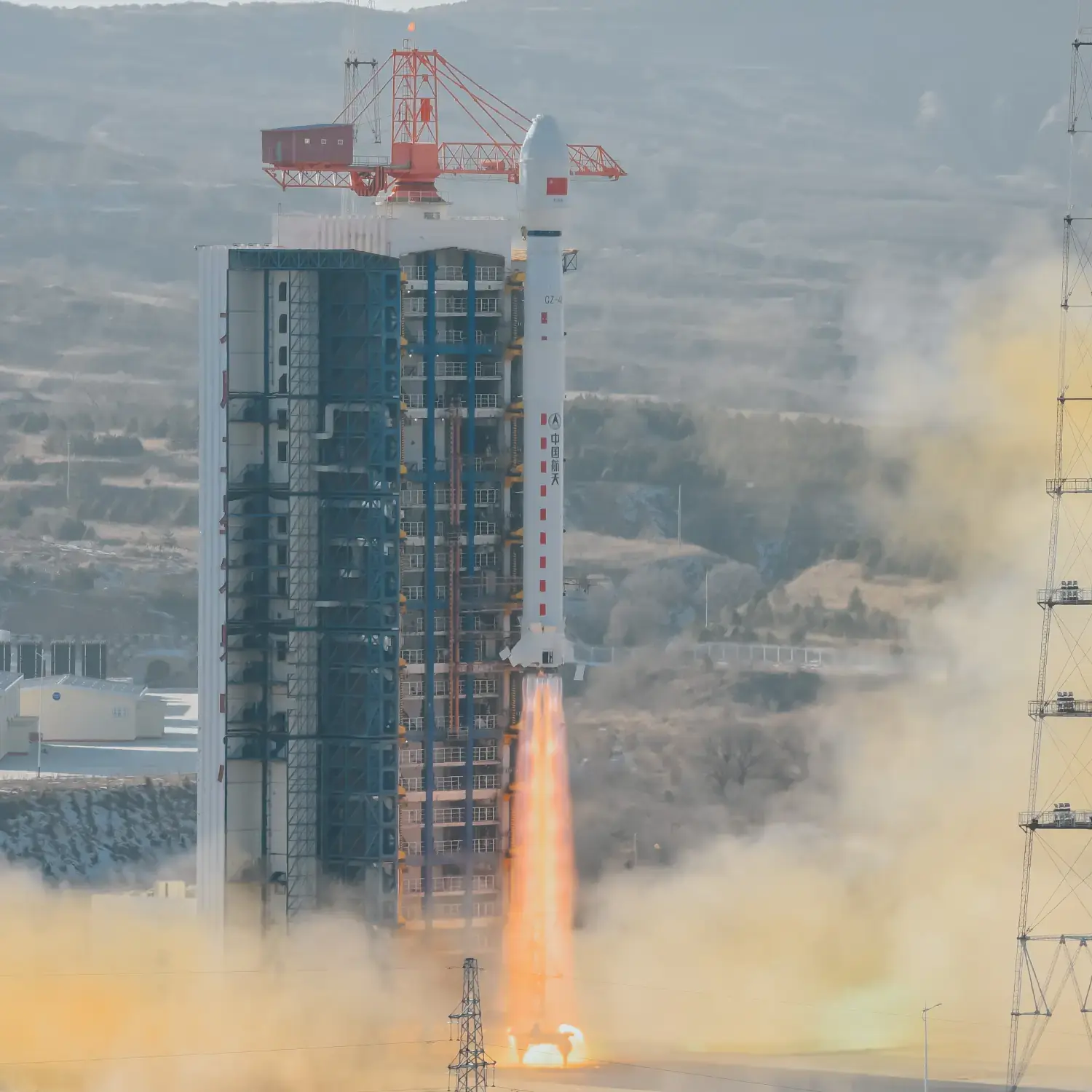/
Ziyuan-3 03, Apocalypse-10 & NJU-HKU 1
Launch Success
Liftoff Time (GMT)
03:13:00
Saturday July 25, 2020
Watch Replay
Official Livestream
Mission Details
Read Article
NJU-HKU 1
The NJU-HKU 1 X-ray detection satellite is the world's first space science exploration satellite to apply the new lobster-eye bionic technology. During the long-term operation of the satellite in orbit, checking the X-ray energy band over the wide field of view of the targeted imaging technology, and the X-ray energy band over the dark matter depth detection signal, from a low-cost micro-nano-satellite to conduct space science research in an innovative way, to promote the development of space science in universities is of great importance. The satellite is operated by a team from Nanjing University and the University of Hong Kong
Sun-Synchronous Orbit
1 Payload
50 kilograms
Ziyuan-3 03
The ZY-3 (Ziyuan-3, 'Resource-3') series represents China's first high-resolution, stereoscopic mapping satellites for civilian use. The second satellite is managed by the Satellite Surveying and Mapping Application Center (SASMAC). The imaging payload consists of a three-line camera array and a multispectral imager. The three-line panchromatic camera array to acquire stereoscopic imagery consists of three telescopic cameras with one oriented to the nadir and the other two each offset by 22° forward and backward in flight direction. The stereo mapping camera of ZY-3 has a resolution of 2.1 m for the nadir camera, and 2.6 m for the offset cameras. The swath width is 51 km. The multispectral imager for environmental and vegetation monitoring consists of a three-mirror telescope and a cooled detector system sensitive to four wavelength bands to capture full-color imagery as well as near-infrared data. The ground resolution of this system is 5.8 m.
Sun-Synchronous Orbit
1 Payload
2,630 kilograms
Apocalypse-10
Apocalypse (Chinese name: "Tianqi") is a series of small Chinese experimental LEO comsats by Guodian Gaoke for IoT communications, which are also carrying a camera for educational purposes. Guodian Gaoke plans to operate an IoT constellation operation. The "Apocalypse Constellation" provides users with much-needed data collection and transmission services for terrestrial network coverage blind areas, which are widely used in marine, environmental protection, meteorological, forestry, geological, emergency, rescue, and smart city industries to enhance China's global data network coverage and application capabilities are of strategic importance.
Sun-Synchronous Orbit
1 Payload
8 kilograms
Rocket


Agency
CASCPrice
$64.68 million
Rocket
Height: 46.97m
Payload to Orbit
LEO: 4,200 kg
GTO: 1,500 kg
Liftoff Thrust
2,993 Kilonewtons
Fairing
Diameter: 3.8m
Height: 11.74m
Stages
3
Launch Site
Stats
Long March 4B
37th
Mission
2nd
Mission of 2020
2020
57th
Orbital launch attempt